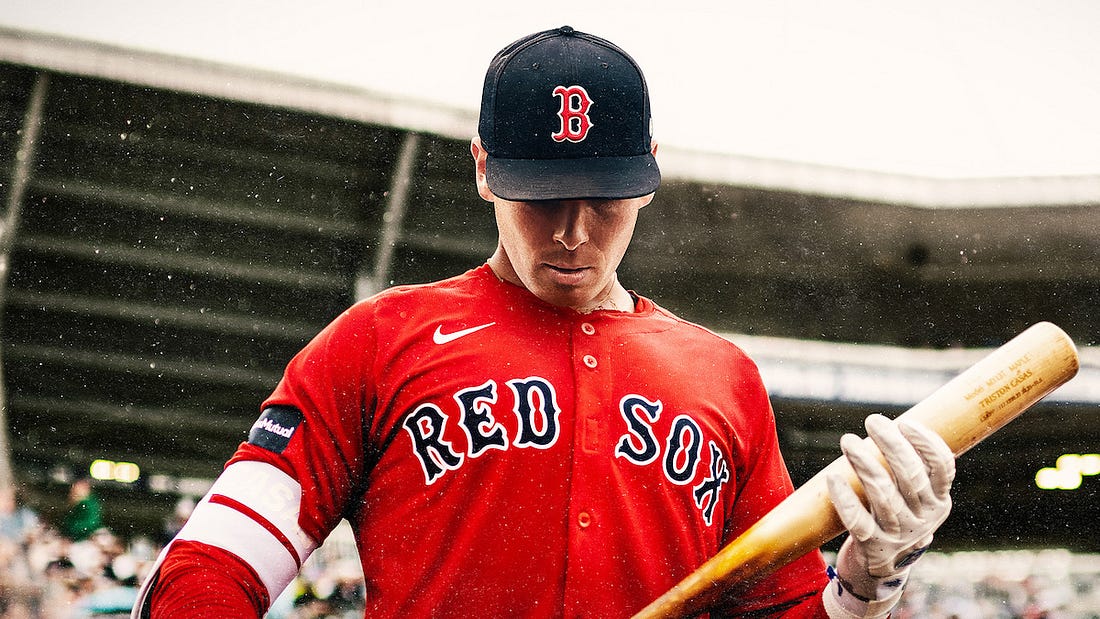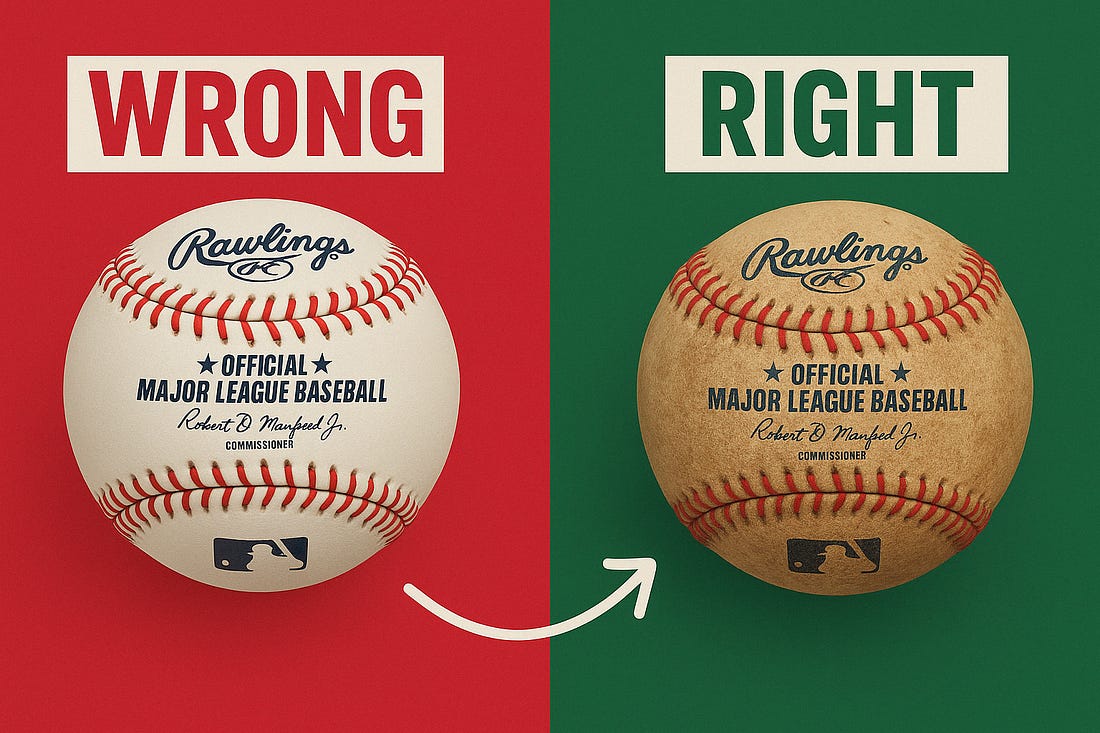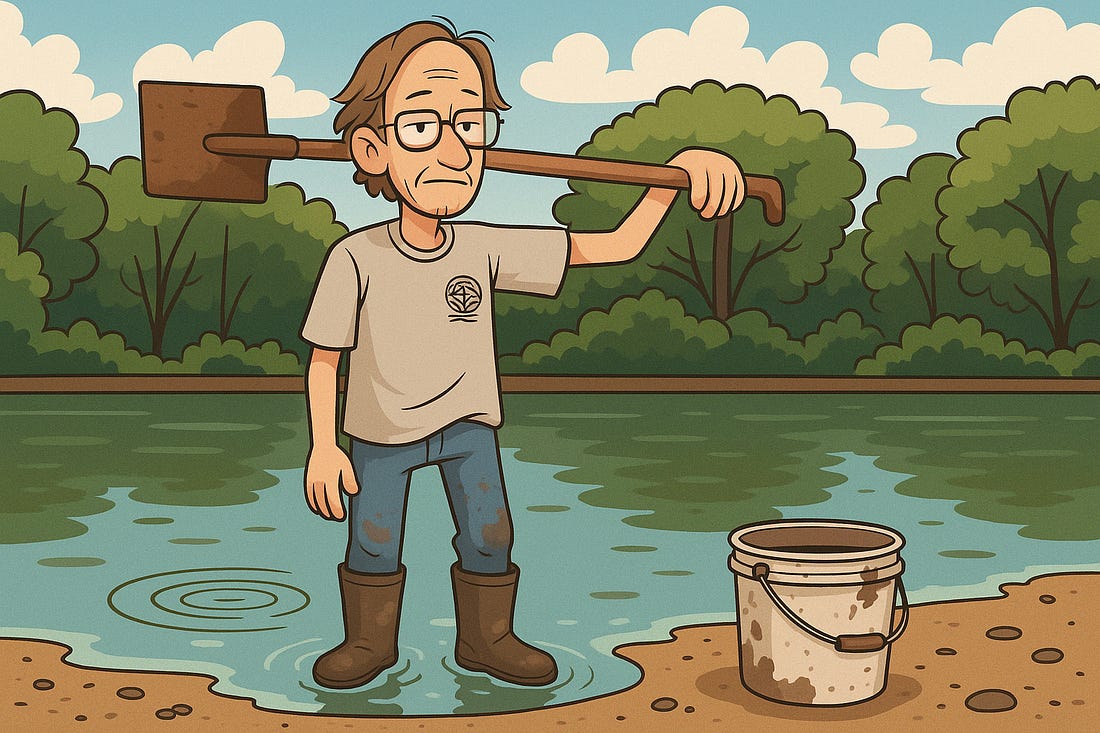Why MLB’s Baseball Factory In Costa Rica Matters More Than You Think
Why MLB’s Baseball Factory In Costa Rica Matters More Than You ThinkToday’s newsletter explains why MLB purchased the company that makes its baseballs and how they are manipulating the balls to increase/decrease scoring.
Netflix recently released a new series that follows the Boston Red Sox during the 2024 Major League Baseball season. Similar to the NFL’s Hard Knocks and Formula 1’s Drive to Survive, the idea is to give fans a behind-the-scenes look at team operations. The show is good, even if you don’t like baseball, because it covers various topics, from how players use spring training to prepare for the season to Jarren Duran’s 2022 suicide attempt. However, there was one scene in particular that stood out to me. In the final episode, Red Sox EVP and Assistant General Manager Raquel Ferreira reveals some 2024 financial figures as she reviews the team’s annual budget. Ferreira says the Red Sox spent $150,000 to buy 120 bats for each player. She also says the Red Sox spend $19,000 annually on custom helmets and nearly $500,000 on baseballs alone. But then Ferreira says something interesting: As she reviews the budget, she says the Red Sox spent $500 last season on mud from the Delaware River in New Jersey. Now, this isn’t necessarily a surprise. Every MLB team buys the same mud from the same person, and most baseball fans know at this point that all baseballs are coated with this mud before games. But man, Netflix really undersold this part of the story. The real story involves a manufacturing process with little room for error. MLB actually owns the company that makes its baseballs, and there is substantial evidence that they have been manipulating the process to produce more or less offense based on the situation. This includes using juiced baseballs during the World Series and even a special “Goldilocks” ball during Aaron Judge’s record-breaking 2022 season. To understand how MLB Commissioner Rob Manfred leverages the manufacturing process to curb results on the field, we must first understand how baseballs are made. Over the last 45 years, every MLB baseball has been handmade at the Rawlings factory in Costa Rica. This factory has hundreds of employees and produces about 2.4 million baseballs annually, 1.2 million of which are deemed good enough for MLB games. At its core, baseballs are surprisingly simple. Anyone who ever unwound a baseball as a kid knows there is a bouncy, rubber core in the middle. This rubber core is wrapped with roughly 370 yards of wool and poly yarn. Then, two figure-eight-shaped pieces of full-grain cowhide are placed on top as a cover. These covers require 108 stitches and 88 inches of red thread, and it’s all sewn by hand since a machine can’t yet replicate it. It takes an experienced stitcher about ten minutes (and a lot of finger strength) to sew one baseball, and making a single baseball takes about ten days. That’s because the cowhide needs to be aniline-tanned, meaning there is no paint or synthetic coating. Manufacturing a baseball is just one step in the process, though. Once a baseball is complete, Rawlings puts every single baseball through a quality control inspection. Huddle Up is a reader-supported publication. To receive new posts and support my work, consider becoming a free or paid subscriber. The inspection process is extremely rigorous because every MLB baseball needs to look, feel, and act the same. Dimensional checks ensure that the weight and size meet MLB standards. The stitching height is inspected by hand and by machines to make sure that mistakes don’t impact a baseball’s drag. When that’s all done, Rawlings fires sample balls out of an air cannon to test the batch’s coefficient of restitution, or COR. COR is essentially just a fancy way of determining how bouncy a baseball is when complete. MLB standards stipulate that a baseball’s COR must be between 0.514 and 0.578. That’s a very narrow range, and it means that if you dropped a baseball from ten feet in the air, it should bounce up about five and a half feet. A “juiced” ball that is livelier will bounce higher, while a “dead” ball bounces lower than COR standards. MLB then tests the COR of its baseballs again when they arrive in the United States. Any batch of baseballs that tests outside its range is discarded. These baseballs aren’t thrown away; they are just reserved for batting practice and minor league games. To give you an example of how detailed this process is, Rawlings even uses X-rays or CT scans on sample balls to ensure the cores and windings are correctly aligned. So, any changes to a baseball’s dimensions are typically due to intentional adjustments by MLB or Rawlings, not random quality slip-ups…but we’ll discuss that in a second. After MLB approves Rawlings baseballs for in-game use, there is still one more crucial step that happens at every ballpark: every ball is rubbed with a special mud. You see, brand-new baseballs come out of the box with a glossy, slick sheen on the leather. This slickness is bad news for pitchers because it makes the ball hard to grip and control. Teams initially tried a variety of substances to make the ball grippier — infield dirt mixed with water, tobacco juice, and even shoe polish. But the real breakthrough came in 1938 when Philadelphia Athletics third-base coach Lena Blackburne used a fine filtered mud from the Delaware River near his childhood home in New Jersey. The mud was dark and had a texture similar to chocolate pudding, but it was odorless and dulled the ball’s sheen without scratching or staining the leather. Within a few years, every MLB team was asking for the mud, so Blackburne started a business. The Lena Blackburne Baseball Rubbing Mud eventually became the standard substance used by all MLB teams for muddying baseballs in the 1950s, and it is still used today. The business has been passed down several generations, but Jim Bintliff now runs it. Jim has never told anyone exactly where the mud is harvested from on the riverbank, but we know it’s about 70 miles from his home on the Jersey Shore. Jim places the mud into 10 to 20 five-gallon buckets with shovels. He then drains the river water, removes twigs and stones, adds tap water, and lets the mud sit, later removing excess liquid with a strainer until it reaches a pudding-like consistency before final shipment. Huddle Up is a reader-supported publication. To receive new posts and support my work, consider becoming a free or paid subscriber. Jim says some secret, proprietary ingredients are also added to the mud, but the process takes about five to six weeks and results in 150 pounds of product each session. I’m not sure if this is even legal, as Jim has previously said that he makes up excuses whenever a boater, swimmer, or fisherman asks what he is doing, like surveying the soil for the EPA or assessing pollution for the Port Authority. Once the process is complete, these tubs are shipped to all 30 MLB teams. The NFL, minor league baseball teams, and dozens of colleges also use the product, but it’s not exactly a cash cow. The standard tub costs $100, and each team only needs a handful of tubs each season, so the business generates only about $20,000 in annual revenue. If this sounds like an insane, archaic process, it’s because it is. However, the reality is that MLB has worked with other companies to develop a better solution, and no matter how much money they put behind product development, they can’t compete with Jim’s mud. The mud’s unique mix of fine silt and clay particles increases friction on the ball’s surface by filling in tiny pores in the leather, leaving behind a slightly tacky film. Plus, Jim’s solution is environmentally friendly with zero artificial waste. MLB actually standardized this process a few years ago. The league’s rulebook now requires all MLB teams to muddy 13 dozen baseballs within three hours of game time. These baseballs are also placed in a humidor, typically set to around 60% humidity and 70 degrees Fahrenheit, for at least 14 days before they are mudded on gameday. The humidity-controlled chambers were mandated by MLB after the Colorado Rockies started using them in 2002 to counter the thin, dry air that was turning games at Coors Field into home run derbies. Home run rates dropped about 25% at Coors Field after introducing humidified storage, and now every MLB team must use an in-stadium humidor. In fact, the A’s had to install a humidor at the minor league stadium they are playing in for the next three seasons. MLB’s preparation process is so detailed because a slight manufacturing defect can massively impact a baseball’s performance. A higher seam height gives pitchers more control, while a lower seam height offers less control and reduces the ball’s drag, meaning more home runs. Many studies have been conducted on this over the last decade, with the results universally determining that even thousandths of an inch in seam height or a gram in weight can drastically affect control and flight distance. But this is where it gets interesting. If a slight difference significantly impacts a baseball’s performance, it doesn’t take a genius to realize that MLB can manipulate baseballs to slow down or speed up scoring, which is precisely what they have done. In 2018, MLB partnered with private equity firm Seidler Equity Partners to acquire Rawlings from Newell Brands for just under $400 million. MLB Commissioner Rob Manfred said that MLB did this because it wanted to gain more control over the production of its game balls. But rather than adding clarity to a convoluted process, MLB’s purchase of Rawlings has done the opposite, creating even more uncertainty. MLB went through the “dead-ball” era (pre-1920, when a single ball would be used all game) and then there was the subsequent “live-ball” era (1920s onward, when cleaner, fresher balls were used and the banning of spitballs led to more offense). But other than that, MLB baseballs have undergone only a few minor changes over the last 150 years, which is why the last decade has raised some significant competitive questions. These questions started in 2019 when MLB hitters set an all-time record for home runs in a season with nearly 6,800. Pitchers started complaining that the ball felt “juiced,” essentially saying the seam height was lower to give hitters an advantage. Independent studies verified these claims by studying balls used that year, finding that the average seam height in 2019 was measured to be ~0.001 inches lower than the year before — a tiny difference, but one that reduced drag and led to longer fly balls. MLB also commissioned a study, but it never yielded any concrete answers, and the league later acknowledged that the 2019 baseballs were different than years prior. As a result, MLB and Rawlings made subtle changes. For the 2021 season, Rawlings tried to produce a ball with a slightly lower COR (i.e., more dead). This initially led to a decline in offense, but with the COVID-19 pandemic messing up supply chains, the results were inconclusive because MLB had to mix in baseballs from the 2020 season. By 2022, MLB had claimed that all gameday baseballs were produced under the new, less-bouncy specifications. However, even MLB’s new process left more questions than answers, as another independent study by astrophysicist Dr. Meredith Wills found evidence of not just two, but three types of balls used that season. Alongside the “dead” ball and some leftover “juiced” balls, there was an in-between ball dubbed the “Goldilocks ball.” This ball was a mix of the two, not too heavy but not too light. This would be a big deal on its own, but it became an even bigger controversy when Wills found that the Goldilocks balls were primarily used in special events, such as the Home Run Derby, postseason, and a disproportionate number of Yankees games. Players also spoke out on the issue, with Blue Jays pitcher Ross Stripling saying that some balls appeared to be juiced, while others were not. This was a direct contradiction to Commissioner Manfred’s previous statement that all balls used in 2022 were produced under the new process, and things only got weirder when people started to question what type of balls were used during Aaron Judge’s record-breaking home run season that led to the 62nd home run ball selling for $1.5 million at auction. For what it’s worth, MLB and Rawlings have consistently denied any nefarious intent. You’ll hear that launch angles are why home run records started to fall, and while research indicates that more efficient mechanics have played a role, there is an overwhelming amount of evidence that points to MLB intentionally altering baseballs. This is a fascinating topic in light of MLB’s recent rule changes. In a sport that lives and dies by a set of unwritten rules, MLB’s acquisition of Rawlings has been put under a microscope. For better or worse, the sport’s recent rule changes — the pitch clock, limiting defensive shifts and mound visits, etc. — have already made baseball look a lot different than it did in the past. But if the league’s governing body can just manipulate universally used equipment, what does that do to 150 years of records? If you enjoyed this breakdown, share it with your friends. Huddle Up is a reader-supported publication. To receive new posts and support my work, consider becoming a free or paid subscriber. You’re currently a free subscriber to Huddle Up. For the full experience, upgrade your subscription.
© 2025 |




